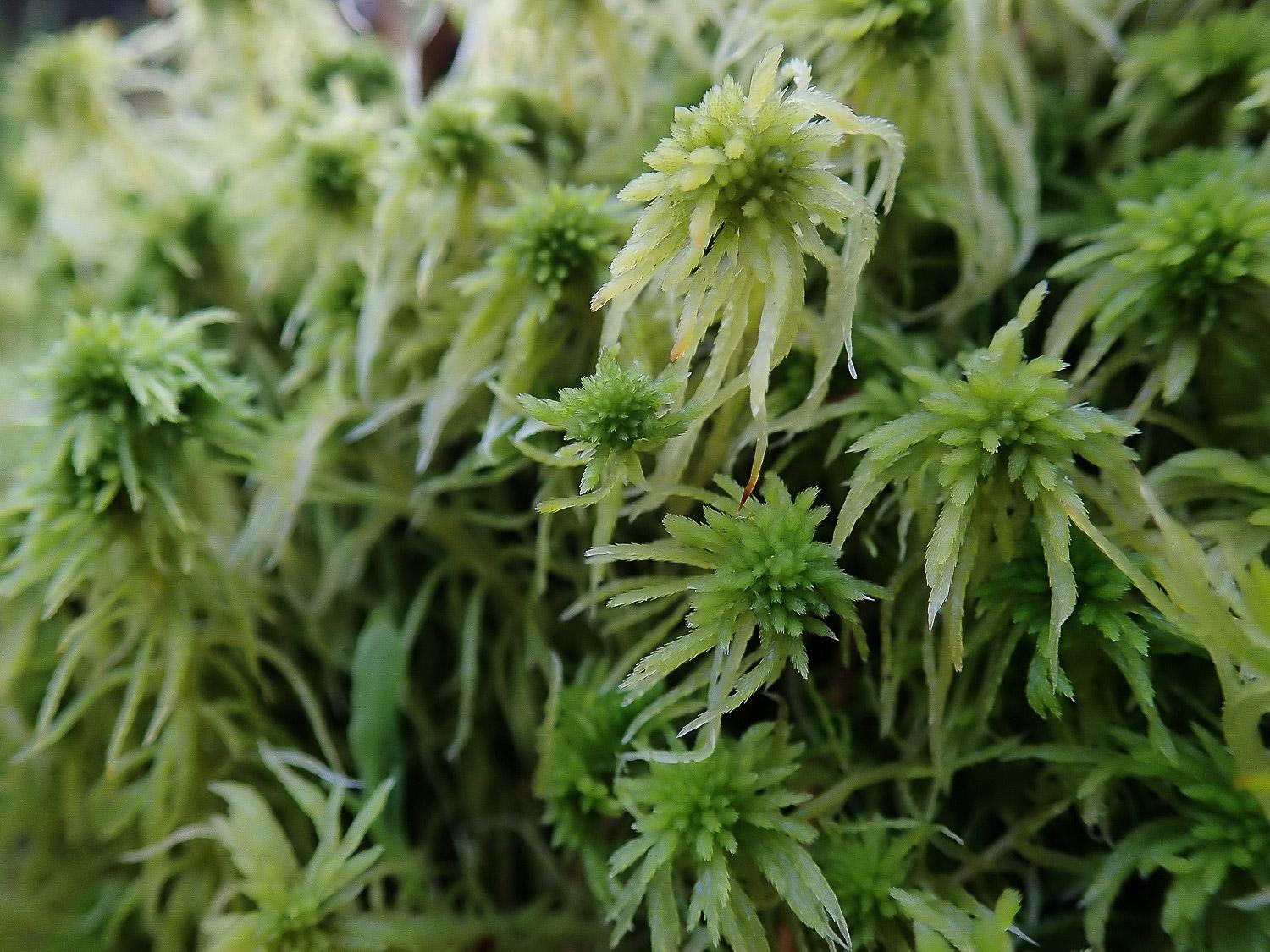
Sphagnum-girgensohnii-Dart-Valley-NR.jpg from: https://www.britishbryologicalsociety.org.uk/learning/species-finder/sphagnum-girgensohnii/
Exploring the Fascinating World of Sphagnum girgensohnii Russow Moss
Introduction
Mosses are often overlooked, but they play crucial roles in ecosystems around the world. One particularly interesting species is
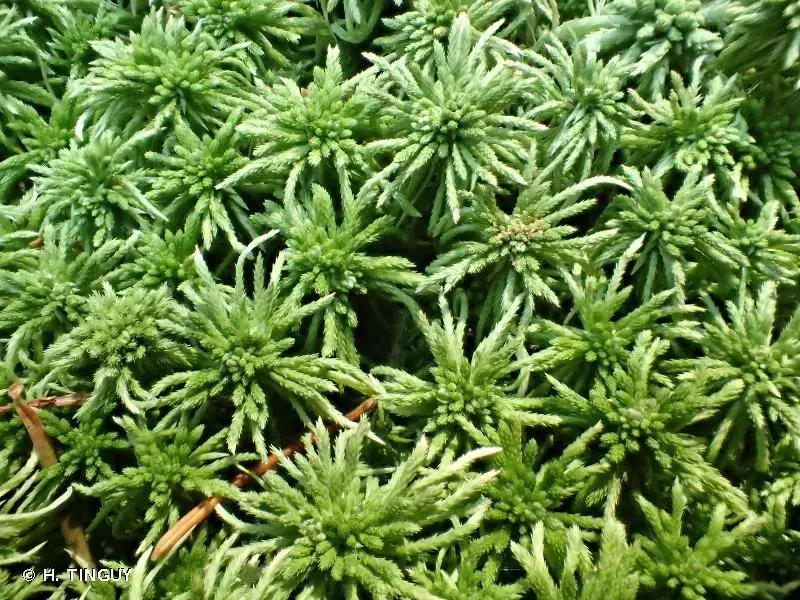
274408.jpg from: https://inpn.mnhn.fr/espece/cd_nom/6751
Sphagnum girgensohnii Russow, a type of Sphagnum moss in the Sphagnaceae family. In this blog post, we’ll dive into the captivating details of this small but mighty plant.
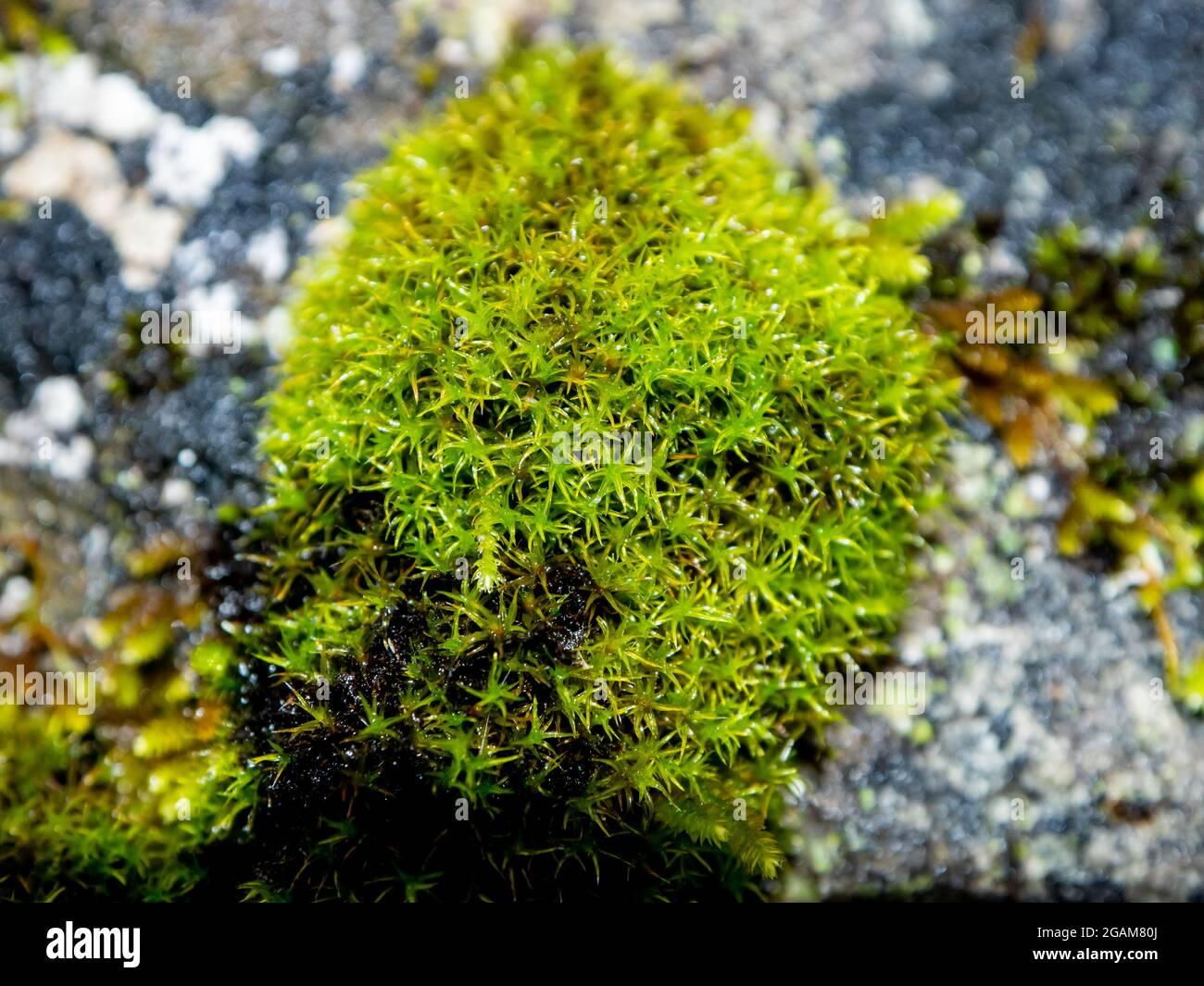
musgo-de-turba-esphagnum-palustre-esfagnum-o-peat-moss-girgenzona-sphagnum-girgensohnii-russ-macro-2GAM80J.jpg from: https://www.alamy.com/musgo-de-turba-esphagnum-palustre-esfagnum-o-peat-moss-girgenzona-sphagnum-girgensohnii-russ-macro-image436851090.html
Background on Sphagnum Mosses
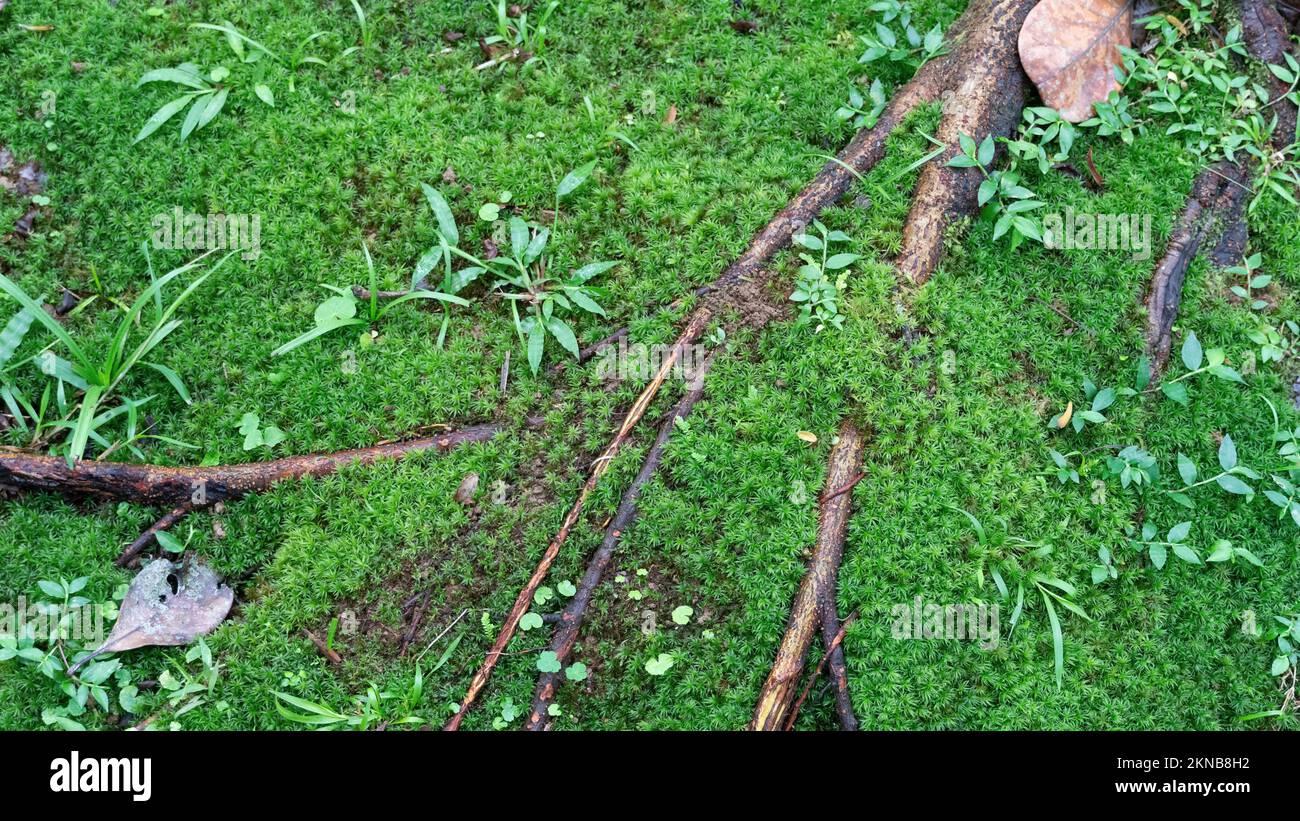
sphagnum-girgensohnii-a-bright-green-moss-that-grows-on-moist-soil-in-forests-and-along-swamps-2KNB8H2.jpg from: https://www.alamy.com/sphagnum-girgensohnii-a-bright-green-moss-that-grows-on-moist-soil-in-forests-and-along-swamps-image495046302.html
Sphagnum mosses are non-vascular plants in the division Bryophyta and class Sphagnopsida. There are hundreds of Sphagnum species found in wetland habitats worldwide. They lack roots and instead absorb water and nutrients directly through their leaves. Sphagnum mosses are known for their ability to hold large amounts of water and create acidic, low-nutrient conditions in their environment.
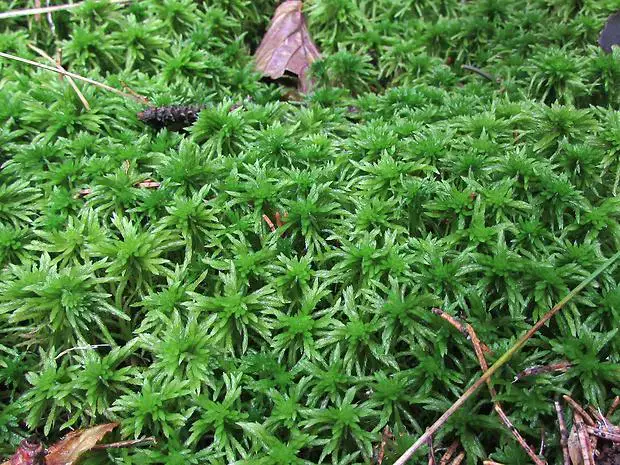
patrik_mlcoch_571164.jpg from: https://www.nahuby.sk/obrazok_detail.php?obrazok_id=571164
Morphology and Identification of Sphagnum girgensohnii
yd_JBcjNu9N6gk4ZgACaVflP_FN2ZtXZQeSrqzZFG-fnHhVMNxF7ZUsknwPraoW1tNhZvp0sO8Pc_RlfVqeC=s580 from: https://www.projectnoah.org/spottings/254106024
S. girgensohnii forms dense mats with a distinctive appearance. The individual plants have a round-tipped branch arrangement and spoon-shaped branch leaves. The capitula (head-like clusters) at the top of the plants are typically yellowish-green. Under a microscope, the
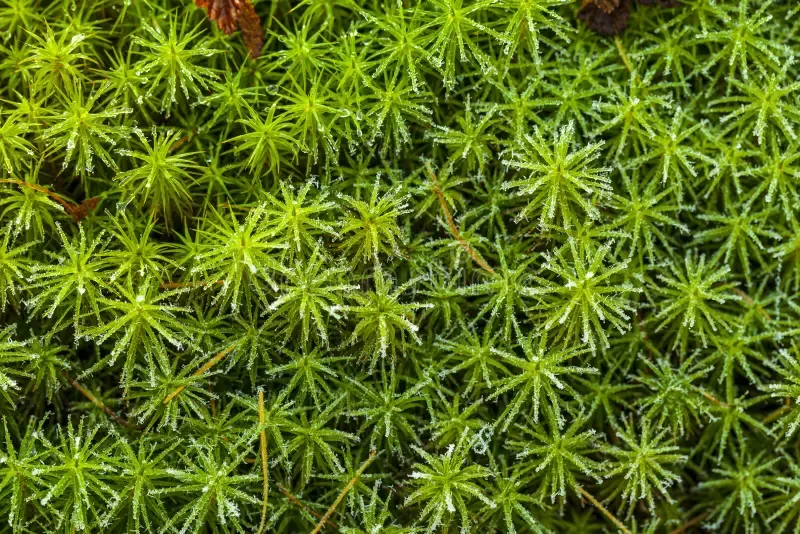
peat-moss-sphagnum-palustre-girgenzona-girgensohnii-russ-macro-frost-surface-230674034.jpg from: https://www.dreamstime.com/peat-moss-sphagnum-palustre-girgenzona-girgensohnii-russ-macro-frost-surface-image230674034
leaf cells have characteristic spiral fibrils and pores. These features help distinguish S. girgensohnii from similar Sphagnum species.
Global Distribution and Habitat
S. girgensohnii has a circumboreal distribution, meaning it is found in northern regions around the world, including North America, Europe, and Asia. It typically grows in acidic, nutrient-poor wetlands such as bogs, fens, and coniferous swamps. This species often forms extensive carpets in these habitats alongside other Sphagnum mosses and wetland plants.
Ecological Roles and Adaptations
Like other Sphagnum mosses, S. girgensohnii plays important roles in its ecosystem:
Water retention: The unique leaf structure allows it to hold up to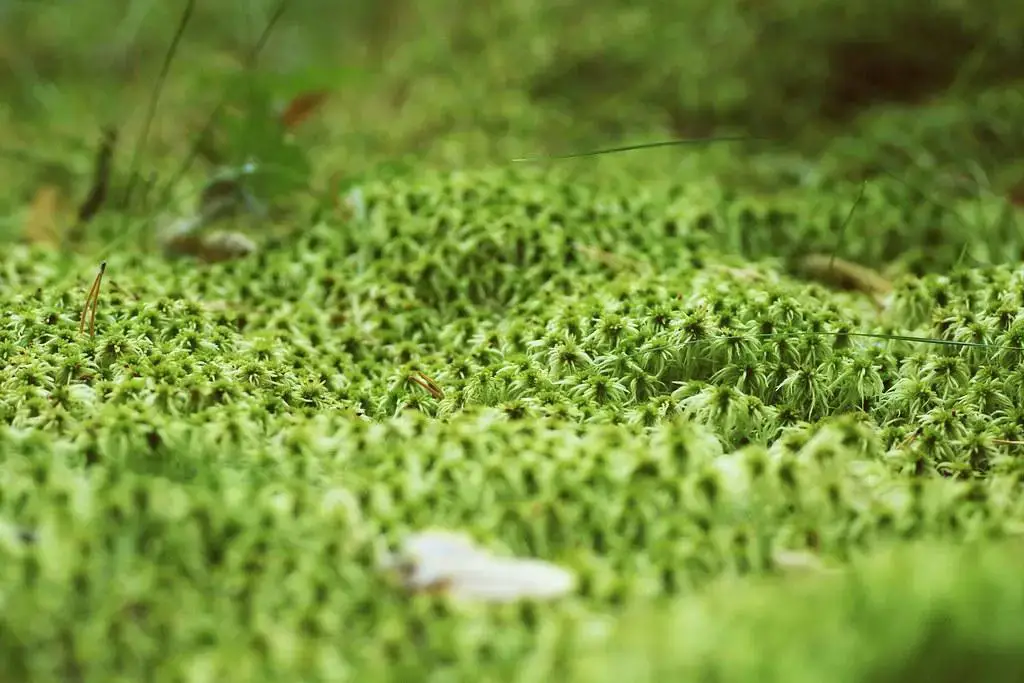
5083121690_14b9b2669f_b.jpg from: https://www.flickr.com/photos/ressaure/5083121690/
20-30 times its dry weight in water, helping regulate moisture in wetlands.
Peat formation: As Sphagnum mosses slowly decompose, they form thick layers of peat. Peatlands store large amounts of carbon and shape wetland habitats.
Nutrient cycling: Sphagnum mosses have a high cation exchange capacity, meaning they can absorb and release nutrients, influencing availability for other plants.
Habitat creation: Sphagnum carpets provide a unique microhabitat for many specialized plants, invertebrates, and microorganisms that are adapted to acidic, waterlogged conditions.
S. girgensohnii has several adaptations that allow it to thrive in challenging wetland environments, including:
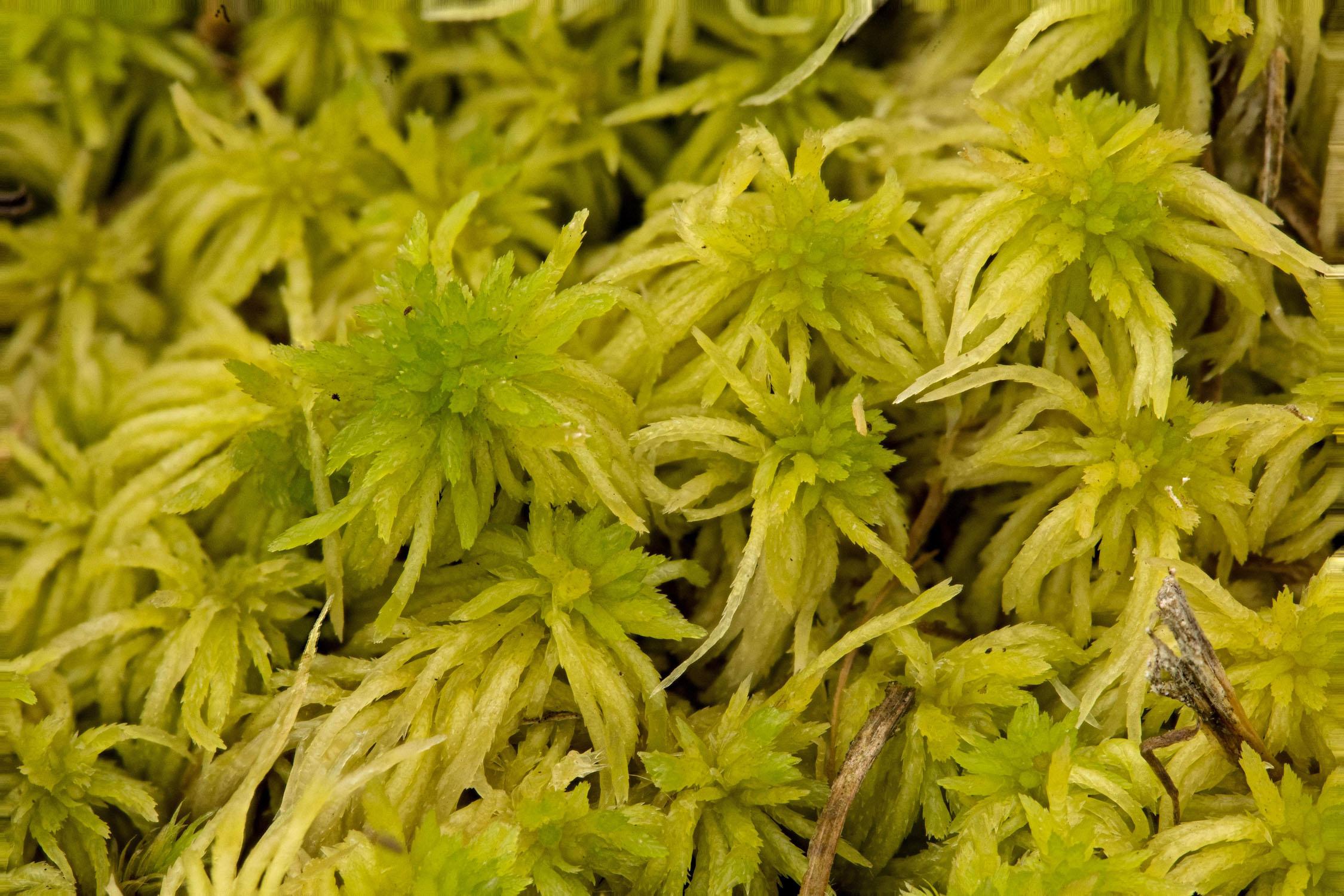
Sphagnum-girgensohnii.jpg from: https://ohiomosslichen.org/sphagnum-girgensohnii-2-2/
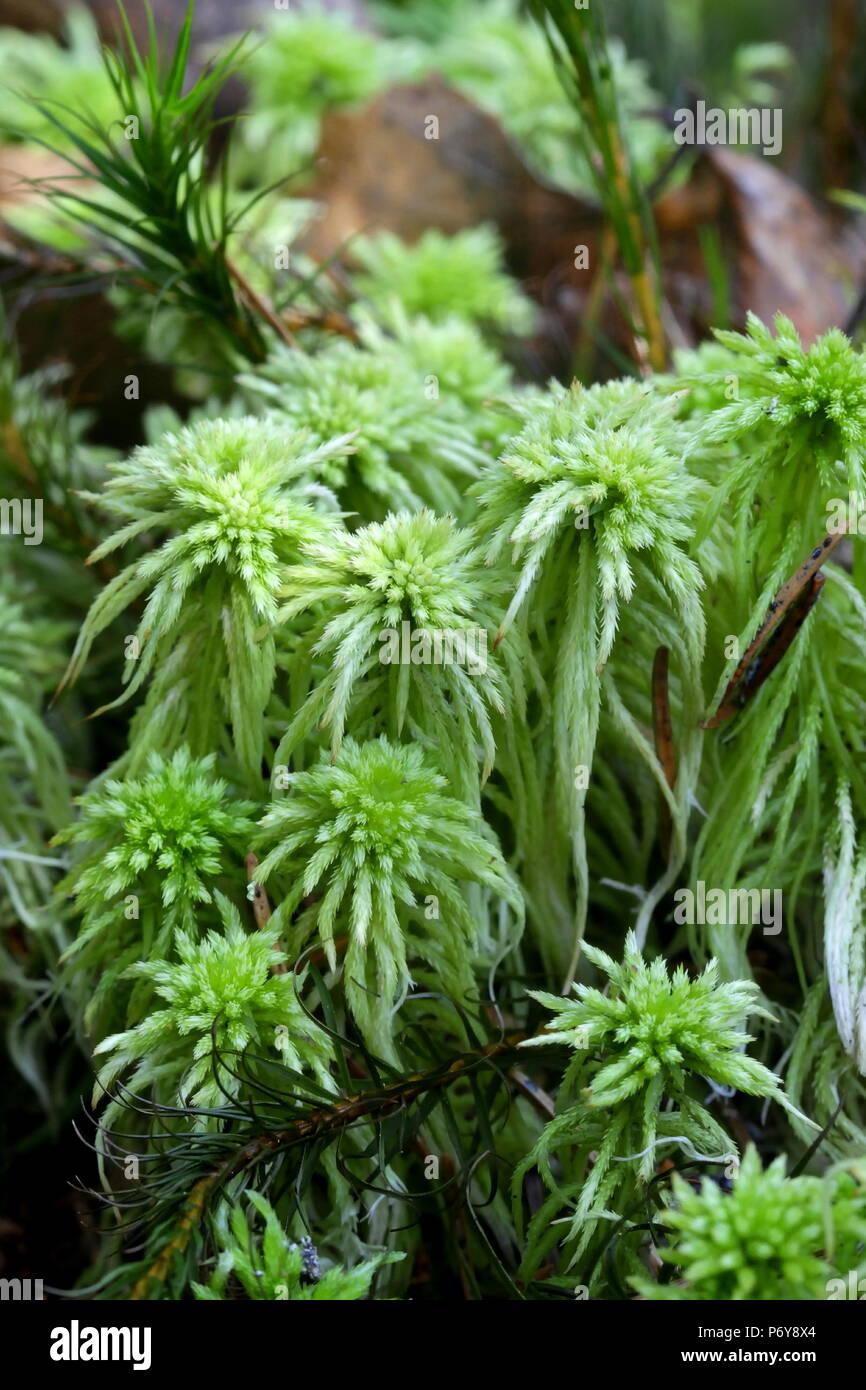
girgensohns-bogmoss-sphagnum-girgensohnii-moss-from-finland-P6Y8X4.jpg from: https://www.alamy.com/girgensohns-bogmoss-sphagnum-girgensohnii-moss-from-finland-image210812060.html
| Adaptation | Function |
|---|---|
| Hyaline cells | Large empty cells that store water |
| Acid generation | Sphagnum exchanges cations for H+, acidifying its surroundings |
| Resistant tissues | Leaves contain phenolic compounds that resist microbial breakdown |
Conclusion
Sphagnum girgensohnii Russow is a fascinating moss species with an important ecological role. Its unique adaptations allow it to shape the wetland habitats where it grows. Next time you’re out in a northern bog, take a closer look at the Sphagnum carpet under your feet – you might just spot this amazing little moss! What other secrets of Sphagnum mosses have yet to be uncovered?